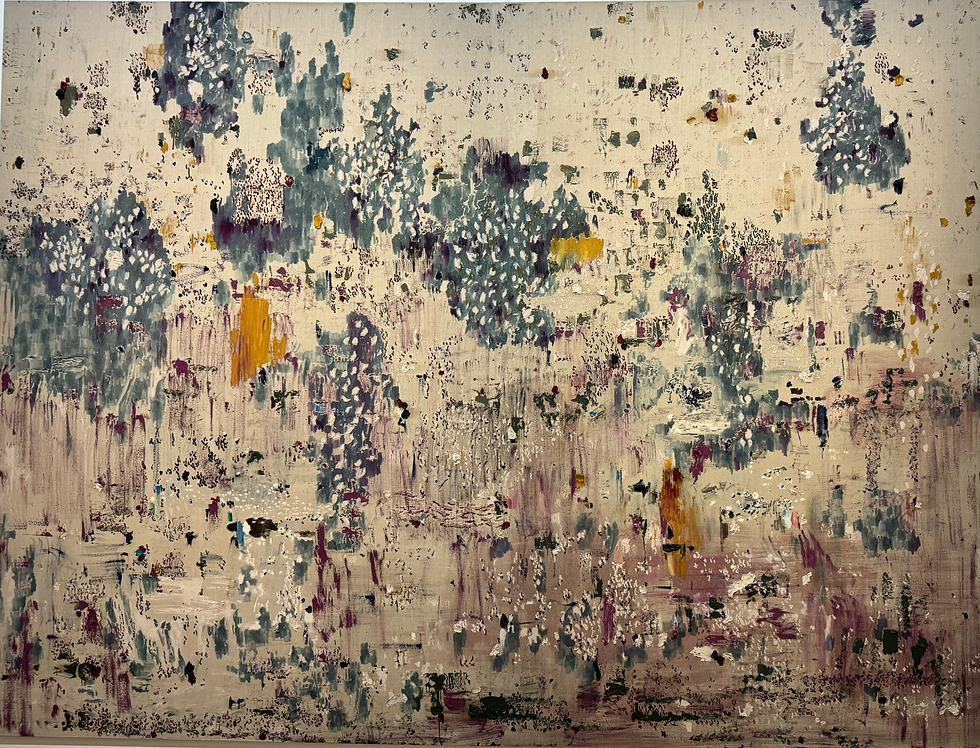
PSYCHOANALYSIS AS A TALKING CURE
Psychoanalysis is a treatment based on speech, thus it requires that those who seek it be willing to speak and allow themselves to be heard. This setting is also established by the analyst’s silence, which makes room for the analysand’s speech. It carries, therefore, an invitation: to say whatever comes to mind. This is the fundamental rule of psychoanalytic treatment.
At the same time, it is through the speech of the one seeking treatment that the presence of the analyst is constituted. In other words, the transmission of the unconscious goes beyond the material conditions that make a session “in-person”. It depends on the establishment of transference, in which the analysand positions the analyst as witness to the formations of language whose origin lies in the unconscious. It also depends on the analyst’s response to this transference, as this intervention points back to the unconscious and its experience.
The textual field of the unconscious discourse constitutes and gives rise to the speech and language of its subject. These are the material means necessary for this encounter between analyst and analysand, and through them, the psychoanalytic experience — the experience of the unconscious, of its subject, and of desire — takes shape.
The decision to begin analysis often arises from the suffering bound up with the symptom, whether or not the origins of that suffering are clear to the individual.
The analyst’s response provides a starting point for an elaboration work on what was previously vague as a source of suffering. This intervention opens the possibility of making a choice regarding the treatment. This act transforms the suffering of the symptom into a question. Thus, the very symptom that causes suffering is presumed to say something about the subject, their life, and their missteps.
The doorway to this passage is opened through the weaving of sounds, tracing the experience of the unconscious. To make oneself heard is, therefore, to accept the invitation to situate through language what is being sought and who is seeking it. To take up the act of transforming this search into a process is to make the cause of this question the cause of speech. It is through speech that one can gather the traces of experiences that lead an individual to seek treatment—traces that are fragments of language, pointing back to experiences of satisfaction that may also bring malaise.
What gives the guidance to entering and continuing this work—the experience of analysis—is the orientation of desire. The desire to rewrite one’s own story emerges from what surprises and reveals itself in the weaving of its threads.
The first session
In the initial sessions, we will explore what brought you to seek treatment. The first session will be charged only if we mutually agree to continue with further meetings and after we have set a fee together. This initial stage, often referred to as the interview process, precedes the possibility of formally beginning psychoanalysis.
Insofar as psychoanalysis is a treatment through speech, it requires the analysand to be willing to speak and to allow themselves to be heard. This, of course, also relies on the analysand`s trust in the analyst chosen to listen.
Speaking itself has therapeutic effects that may already emerge during these early interviews, in this initial stage mentioned above.
This speech is what enables the analyst’s work in helping the analysand establish a relationship with unconscious knowledge. The analyst will also assess whether they are in a position to accept the request for treatment. These first sessions create the space for these decisions to unfold.